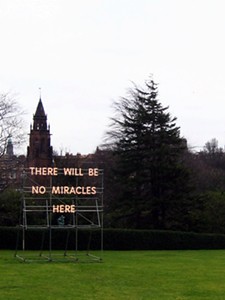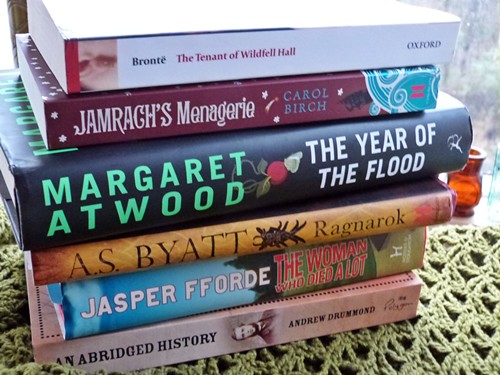Narratologists are endlessly fascinated by 'plot' - one of the most famous books on the topic is even called Reading for the Plot. Whilst I did read Peter Brooks (who wrote the aforementioned tome) and Mikhail Bakhtin at university, I was never a great fan of narratology. I preferred poetry to prose and if I read fiction, I sought out works that somehow clashed with Brooks' ideas of 'narrative ends' and 'sequence and progression'.
 A couple of years ago Tom McCarthy's novel C was shortlisted for the Man Booker Prize. McCarthy was rather good at sound-bites. He declared the novel ‘the Finnegans Wake for the 21st Century’ or even a nouveau roman. This was utter nonsense, of course. I enjoyed the novel a great deal but at its core it was a rather conventional Bildungsroman cleverly disguised as an experimental anti-novel.
A couple of years ago Tom McCarthy's novel C was shortlisted for the Man Booker Prize. McCarthy was rather good at sound-bites. He declared the novel ‘the Finnegans Wake for the 21st Century’ or even a nouveau roman. This was utter nonsense, of course. I enjoyed the novel a great deal but at its core it was a rather conventional Bildungsroman cleverly disguised as an experimental anti-novel.
I just finished reading Keith Ridgway's Hawthorn and Child. It is difficult to call it conventional and as I was reading it, I could not help but think of McCarthy and Brooks.
Hawthorn and Child is a detective novel - that most conventional genre of fiction and one which narratologists love because the genre's raison d'être is precisely narrative logic and satisfying progression of plot. Yet Ridgway's novel is also not a detective novel. The recurring characters of Hawthorn and Child are police detectives and we follow them in their job, but we only catch glimpses of plot. A boy was shot. Who shot him? We are never told. The boy says a car shot him. There is a man, Mishazzo, with whom the police appears obsessed. What does he do? We do not know as we only glimpse him driving from one place to another.
And that is what you get with this book. You get stories of the detours, the gaps, the liminal spaces within conventional plot structures. Does that make it sound hard-going? It is not. You leap from one character to another - in a way, Hawthorn & Child can be understood as a short story collection too - and every section/story is exceedingly well-written with very distinct stylistic choices.
For me, the whole book came into its own with the segment "How To Have Fun With A Fat Man" which is so cleverly constructed and written that I read it several times just to savour what Ridgway did. Here he juxtaposes Hawthorn policing a riot with Hawthorn attending an orgy in a sauna. Bodies mingle, mix and become blurred - and so Ridgway's prose mingles, mixes and becomes blurred. Paragraphs become bilocated in the narrative. It is a dream-like, yet visceral read.
Hawthorn & Child is an extraordinary read. I cannot remember the last time I have been this excited about a book and I don't think my words do it justice. Word of mouth has been very strong - in fact I first read about it on John Self's book blog - and I think that is how the book will find its audience. I hope the audience will be a large one. It deserves to be read (and read and read).
(Hawthorn & Child is my second read of the year. My first read was Mary & Bryan Talbot's Dotter of Her Father's Eyes; a graphic novel partly about Lucia Joyce, daughter of James Joyce.)


